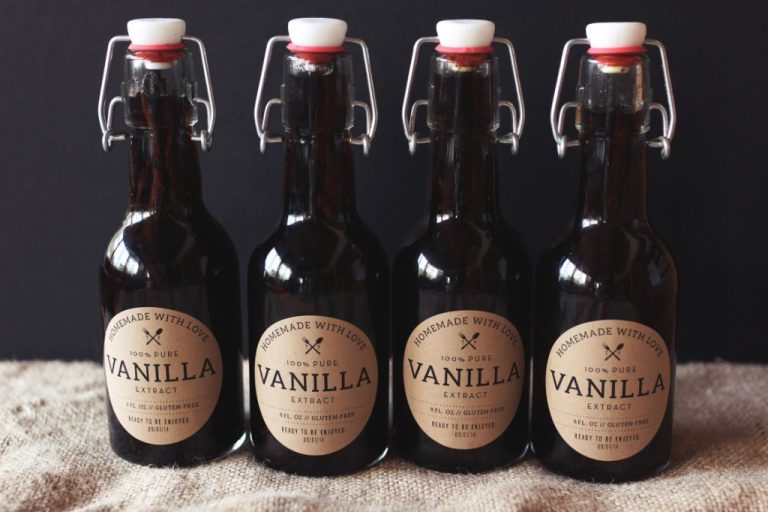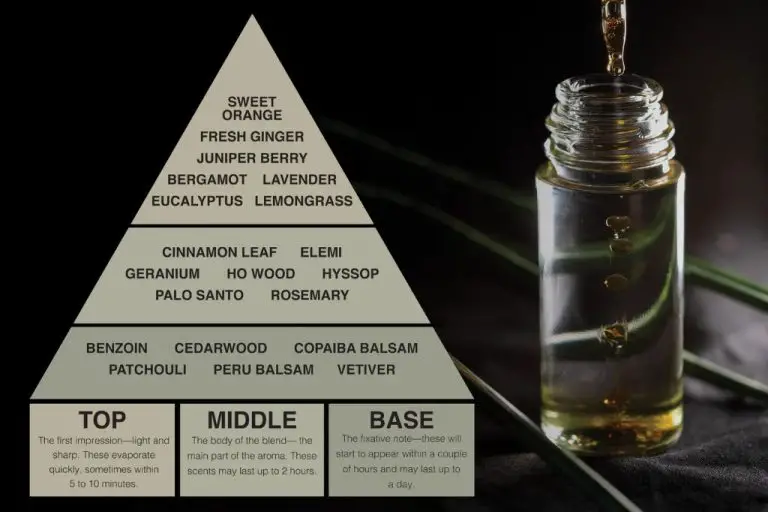Does Tobacco Smell Good In Cologne?
The idea of smelling like tobacco may seem odd or off-putting to some. However, tobacco notes have a rich history in perfumery and continue to captivate noses today. When skillfully blended, tobacco scents can create complex, alluring fragrances. The warm, woody character of tobacco contrasts beautifully with sweet, floral notes. Several iconic perfumes feature tobacco accords, lending them a distinctive edge. While potentially hazardous when smoked, tobacco in fragranced products raises fewer health concerns. Its scent offers a nostalgic reminder of cigars, pipes, and masculine sensuality. This article explores tobacco’s evolution in perfumery – from classic chypres to modern gourmands. We’ll uncover the science, trends, and controversies around this controversial yet widely admired fragrance note.
History of Tobacco Scents in Perfume
The use of tobacco notes in perfume can be traced back to indigenous cultures in America, where tobacco was widely cultivated and used long before the arrival of Europeans. According to this source, tobacco’s origins are linked to Mayan and Aztec civilizations. The plant was considered sacred and thought to connect humans to the spiritual world. Tobacco was used in cultural practices and religious rituals.

When Christopher Columbus arrived in the Bahamas in 1492, he and his crew observed the native Taínos ritualistically inhaling smoke from tobacco leaves. They brought tobacco back to Europe, and it quickly spread across the continent. Europeans initially smoked tobacco recreationally and used it for alleged medicinal purposes. The aromatic properties of tobacco soon caught the attention of perfumers. As outlined in this source, tobacco notes first appeared in perfumes and colognes in the late 19th century.
Tobacco Notes Used in Modern Fragrances
There are several types of tobacco notes used to create tobacco fragrances in modern perfumery:
Cigar Leaf – Provides a rich, warm, and sweet tobacco aroma. Cigar leaf contains notes of hay, whiskey, and caramel. Fragrances with prominent cigar leaf notes include Tom Ford Tobacco Vanille and By Kilian Back to Black.
Pipe Tobacco – Pipe tobacco fragrances contain a cooler, drier tobacco scent along with smoky and woody nuances. Notable perfumes utilizing pipe tobacco notes are Chergui by Serge Lutens and Tobacco by Mancera.
Cured Tobacco Leaf – This tobacco note imparts a potent, unsweetened sun-dried tobacco aroma. It has a natural tobacco character versus the sweetened tobacco in cigar leaf accords. Fragrances like Nasomatto Black Afgano and Teo Cabanel Hegoa evoke cured tobacco.
Oriental Tobacco – Oriental tobaccos like those grown in Turkey provide a spicy, almost incense-like tobacco note to fragrances. Amouage Interlude Man and Penhaligon’s Cairo harness oriental tobacco’s spicy profile.
Overall, there are a wide variety of tobacco notes perfumers can utilize in composing tobacco fragrances, ranging from the sweeter nuances of cigar leaf to the exotic spice of oriental tobaccos.
Sources: https://www.bonparfumeur.com/blogs/journal/tobacco-in-perfumery, https://www.fragrantica.com/notes/Tobacco-96.html
Science Behind Tobacco Scent
The scent of tobacco in fragrances comes from specific chemical compounds that naturally occur in tobacco leaves and tobacco smoke. Some of the key compounds that create tobacco notes in perfume include:
– Pyrazines – This class of aromatic heterocyclic compounds contribute earthy, nutty, and woody notes. Examples are 2-ethyl-3,5-dimethylpyrazine and 2-ethyl-3,6-dimethylpyrazine [1].
– Cocoa and chocolate compounds like the pyrazines also can impart reminiscent tobacco notes. These include beta-damascenone and delta-dodecalactone [2].
– Isoamyl phenylacetate produces a hay-like aroma associated with dried tobacco leaves.
– Eugenol found in clove oil provides a sweet, aromatic tobacco effect.
– Whiskey lactone and bourbon lactone deliver powerful woody nuances reminiscent of cigar smoke.
In combination, these natural compounds and accords can closely replicate the complex scent profile of various tobacco varieties used in perfumery.
Tobacco Accords in Men’s vs Women’s Fragrances
Tobacco is used very differently in fragrances marketed to men versus those for women. In men’s fragrances, tobacco often takes center stage as the predominant note in the composition. Masculine tobacco fragrances highlight the rich, smoky, and sometimes sweet qualities of the tobacco leaf (Source). These tobacco-forward fragrances evoke ideas of gentlemen’s clubs, cigars, and masculine sophistication.
In contrast, tobacco is used more subtly in women’s fragrances, usually as an accent note that adds depth and complexity. Rather than standing out, tobacco acts as a blending note that softens the composition and rounds out sweeter or floral notes. The tobacco adds a sophisticated, grown-up quality to feminine fragrances without being overpowering (Source). So while tobacco takes center stage in men’s fragrances, it plays a supporting role in women’s perfumes.
Popularity and Reception of Tobacco Fragrances
Tobacco fragrances have seen a rise in popularity in recent years. According to a poll on the fragrance forum Reddit, over 60% of respondents said they enjoy tobacco notes in perfume. Many commenters noted tobacco adds warmth, depth and sensuality to a fragrance.
However, some consumers find tobacco notes to be too strong or overpowering. In a thread on Fragrantica, opinions were mixed on tobacco fragrances. Those who disliked tobacco scents said they came off too mature, masculine or cigarette-like.
While not everyone appreciates tobacco notes, these fragrances have seen increased market share. According to NPD market research, tobacco perfume sales grew by 22% in 2021. Top-selling tobacco fragrances include Tom Ford Tobacco Vanille, Maison Martin Margiela Replica Jazz Club, and Back to Black Aphrodisiac.
Health Considerations of Tobacco Fragrances
While tobacco notes in perfume are meant to evoke the sensual, rich scent of tobacco rather than contain actual tobacco, some concerns have been raised over potential health issues. Many tobacco perfumes rely on synthetic tobacco fragrance oils to recreate the tobacco scent profile. However, some natural perfumes may use tobacco absolute, an extract from tobacco leaves that contains trace amounts of nicotine [1].
The primary concerns around tobacco fragrances include:
- Skin irritation or allergic reactions, especially for people sensitive to scents
- Safety for pregnant women, as some sources advise avoiding tobacco scents
- Potential toxicity from absorbed nicotine in tobacco absolute, although amounts are very small [2]
Overall, most experts believe tobacco perfumes pose little health risk when used in moderation [1,2]. The synthetic tobacco fragrance oils contain no nicotine and dissipate quickly when applied. However, those with sensitivities or seeking maximum caution may wish to avoid tobacco notes in perfumes.
[1] https://www.bonparfumeur.com/blogs/journal/tobacco-in-perfumery
[2] https://www.badgerandblade.com/forum/threads/are-tobacco-fragrances-safe.94745/
Ethical Issues Around Tobacco Scent
One ethical concern around tobacco scents in fragrances is whether they promote tobacco consumption. There is some debate around whether the tobacco notes used in perfumes and colognes make smoking more appealing, especially to young people. According to one source, “The tobacco you smell in most commercial fragrances is a synthetic fragrance oil. No actual tobacco or nicotine.” (https://www.fragrantica.com/board/viewtopic.php?id=71277) So while the tobacco scent may evoke associations with smoking, the fragrances themselves do not contain nicotine or other tobacco components. However, critics argue that glamorizing the tobacco smell through perfume normalizes and encourages smoking. On the other side, advocates believe tobacco adds a desirable warmth, richness and sensuality to fragrances that need not promote smoking itself. There are also tobacco-free perfumes that aim to capture the tobacco essence without any ethical dilemmas (https://www.bonparfumeur.com/blogs/journal/tobacco-in-perfumery). In the end, the ethics may come down to each individual’s stance on whether tobacco scents symbolically promote smoking or simply appreciate the scent profile.
Notable Tobacco Perfumes
Tobacco fragrances have grown in popularity in recent years. Some notable and widely loved tobacco-based perfumes include:
For men:
- Tom Ford Tobacco Vanille – A sweet, spicy tobacco fragrance with notes of vanilla, cocoa, tonka bean and dried fruits (Source).
- Parfums de Marly Herod – A warm, boozy tobacco scent with notes of cinnamon, vanilla, vetiver and musk (Source).
- By Kilian Back to Black – A honeyed tobacco aroma with notes of vanilla, tonka bean, amber and spices.
For women:
- Tom Ford Tobacco Vanille – Unisex but very popular among women.
- Cartier Baiser Vole – Fresh, sweet notes of lily and citrus mix with tobacco blossom.
- Mancera Red Tobacco – Rose, vanilla and woodsy tobacco notes (Source).
These tobacco scents showcase the versatility of the note, from gourmand to fresh florals. Many are sensual, warm and distinctive.
Conclusion
The use of tobacco fragrance accords in perfume has a long history, but remains controversial today. While tobacco scents can lend rich, warm, and addictive nuances to a fragrance, they also carry complex ethical implications. Tobacco has inherent associations with addiction and health issues. However, when responsibly formulated by perfumers, tobacco fragrances allow wearers to experience the scent without exposure to nicotine or smoke.
In summary, tobacco scents can create alluring fragrances, but their use should be thoughtful. Perfumers must balance desired olfactory effects with ethical obligations around marketing and public health. As with all scents, preference for tobacco perfumes remains highly personal. Individuals drawn to tobacco accords can enjoy these fragrances, but should not feel unduly influenced by their associations with risk-taking and rebellion.
Looking ahead, tobacco scents will likely remain a fixture of niche perfumery. However, increasing health consciousness and ethical consumerism may curb their mainstream popularity. Perfumers will continue innovating with tobacco fragrance accords, but likely with restraint. Overall, tobacco retains mystique as a taboo note, but one best used judiciously in the hands of ethical, responsible perfumers.






